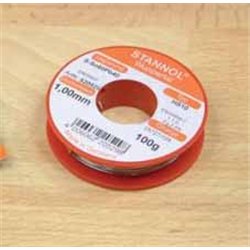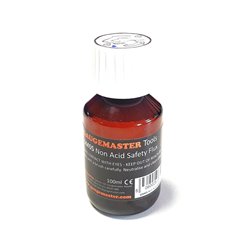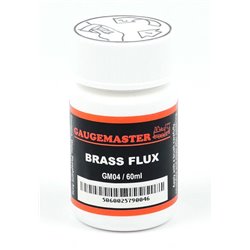Static grass puffer bottles work by manually charging model grass fibres with static electricity. When the charged...
No products
Product successfully added to your shopping cart
There are 0 items in your cart. There is 1 item in your cart.
Search Tips
What is soldering flux?
Flux is a chemical agent that can be used when soldering to give joints good adhesion, facilitate the solder's flow and create a better electrical connection.
Flux does this when heated to high temperatures by dissolving any impurities in the solder and allowing them to burn off as smoke. The absence of imperfections is important to give the best possible adhesion and conductivity to the joint as well as allowing the solder to flow much more easily. Flux also acts as a barrier, preventing any oxygen from being locked into the joint which would eventually cause oxidisation.
Most solders nowadays have flux built into them, but some special types designed to melt at lower temperatures require a liquid flux to be used in conjunction with the solder to achieve beneficial results.
Click here to receive the tips weekly in your mailbox. You can unsubscribe at any time.










